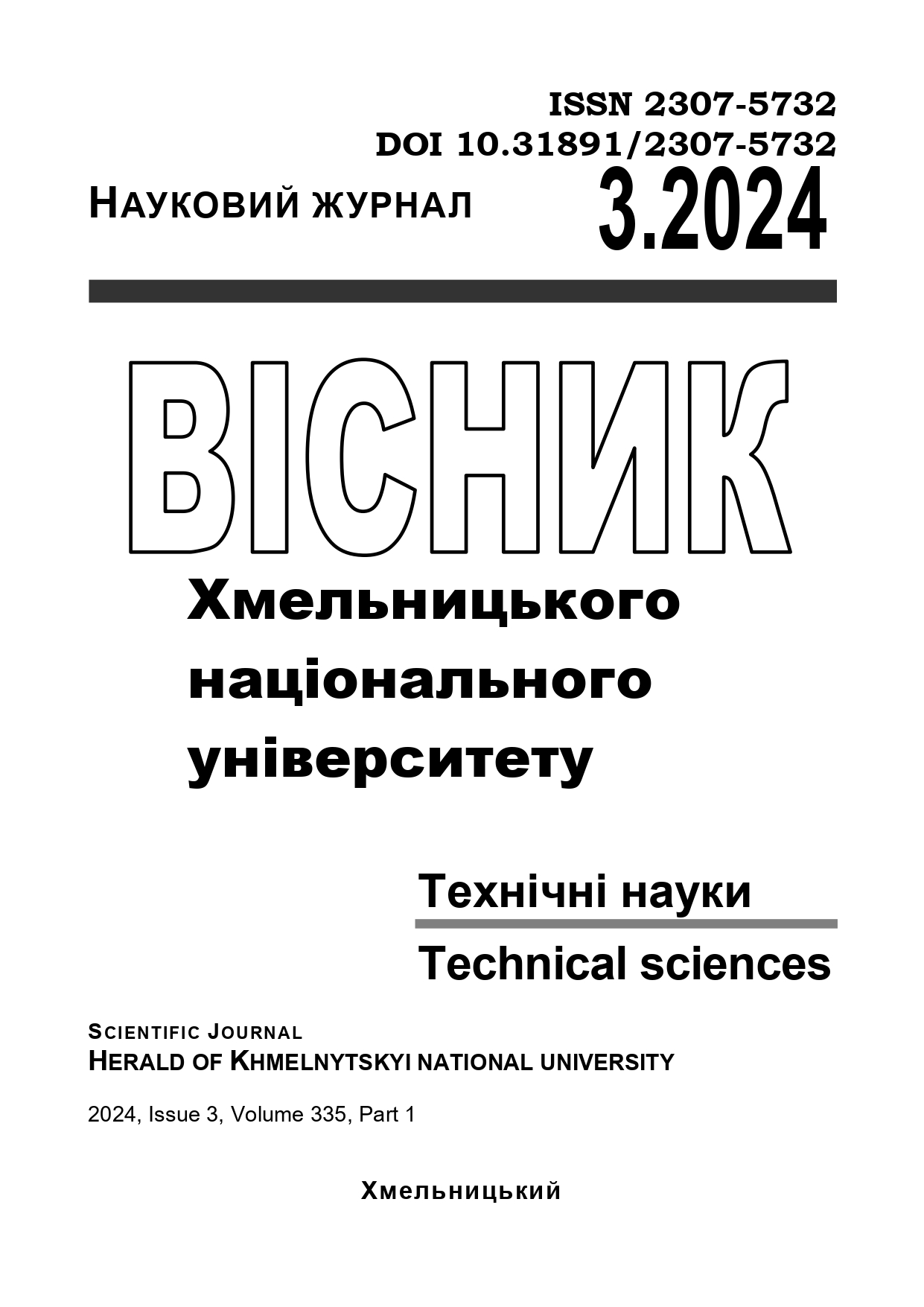USE OF DIGITAL DOUBLE FOR COMPONENT MANUFACTURING
DOI:
https://doi.org/10.31891//2307-5732-2024-335-3-28Keywords:
assembly, digital twins, smart manufacturingAbstract
One of the contemporary approaches to production planning involves the application of digital twins technology, which aims to combine information from a real physical object and its virtual counterpart. The integration and synchronization of this information enable the realization of the manufacturing process with real-time tracking of the current state of the product and production. Utilizing the capabilities of modern computer technologies and digital twins creation technology allows for the assessment of the manufacturing process and its shortcomings even at the creation stage. The digital twins of the physical production process enable timely evaluation of design efficiency, avoidance of costly physical reconfigurations, attainment of maximum efficiency, shortened timelines, and reduced implementation costs through optimization. The model of the assembly process constructed in this way reflects the essential components and sequences. The foundation for implementing the digital twins of production is the model of the product itself, which serves as an integral part and basis of the entire digital model. Assessing the assembly of such a product objectively, its constituent elements, and the sequence of their assembly, allowed for the formulation of a description of the digital model of product assembly. The language used to describe the model is based on sets of relation types between components, assembly units of the product, and the constraints imposed on them within the given assembly. Such analytical notation of product components reflects the assembly process and constitutes a model of the technological assembly sequence. The proposed linguistic description of the product and the digital twins of the design enable the formalization of the three-dimensional assembly process during the design of assembly units and products, allowing for the modeling of their assembly process at the stage of design engineering.

